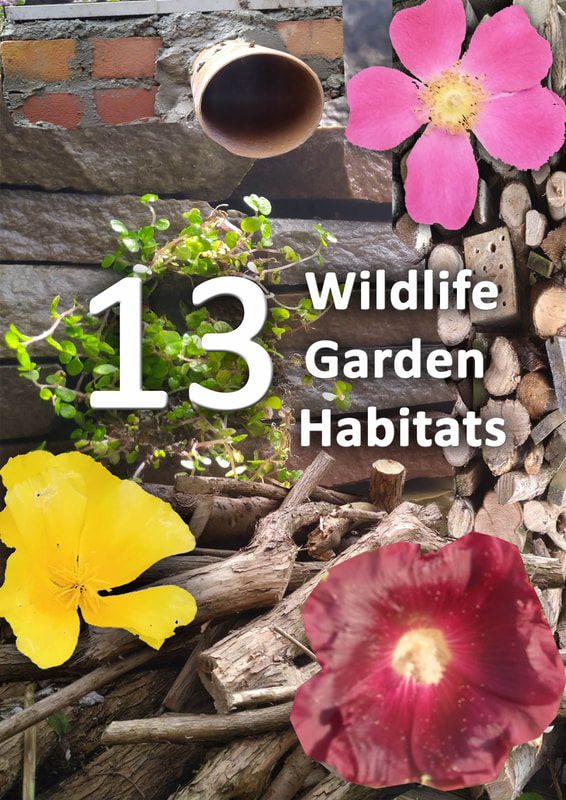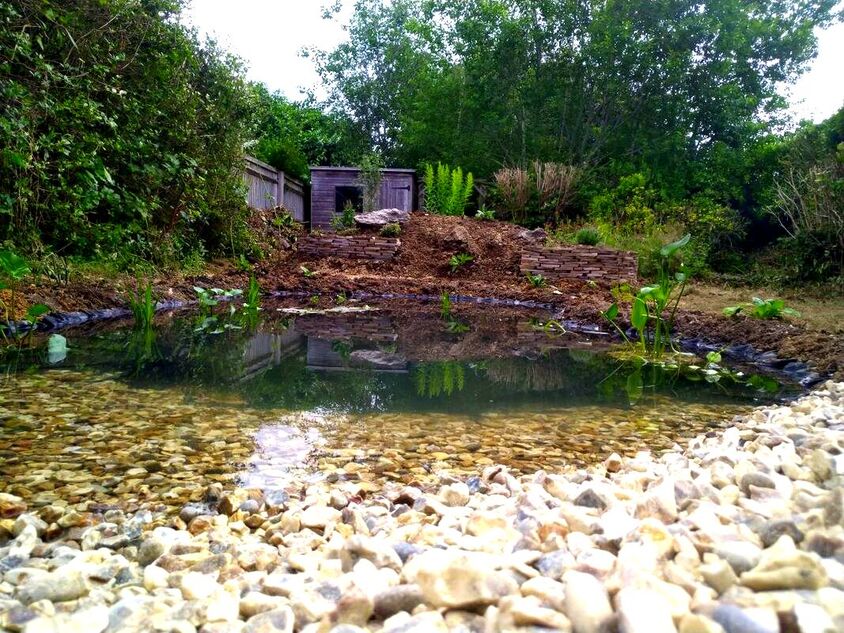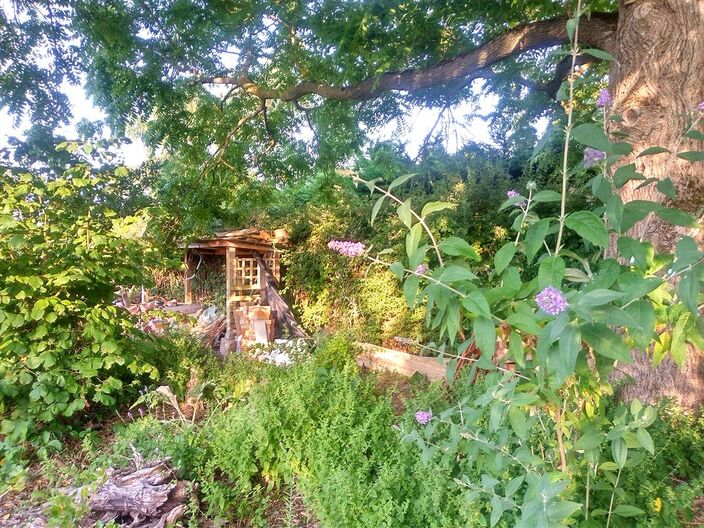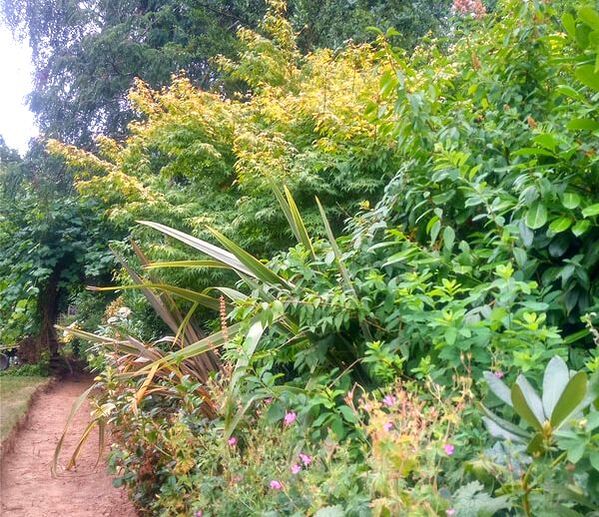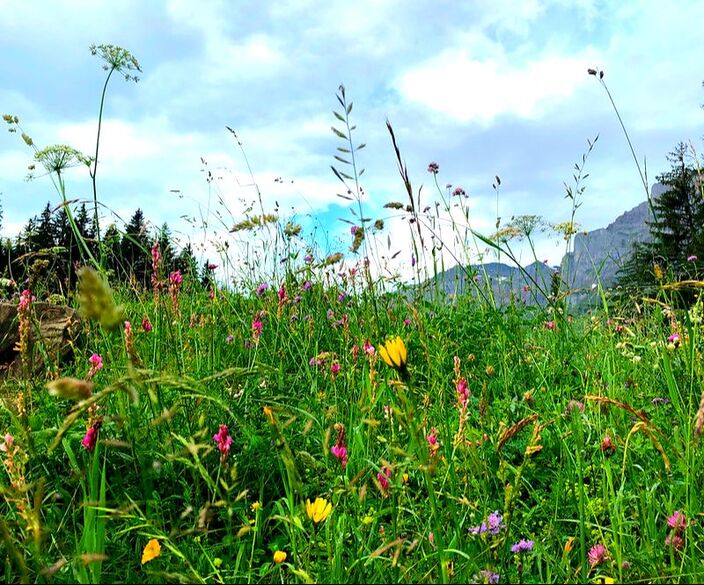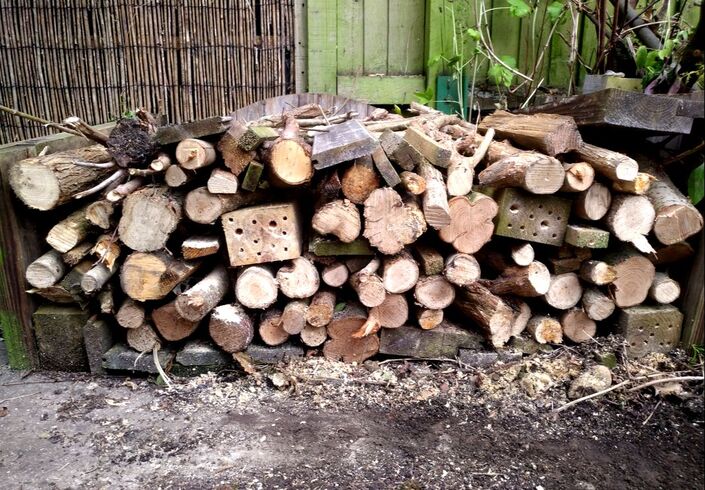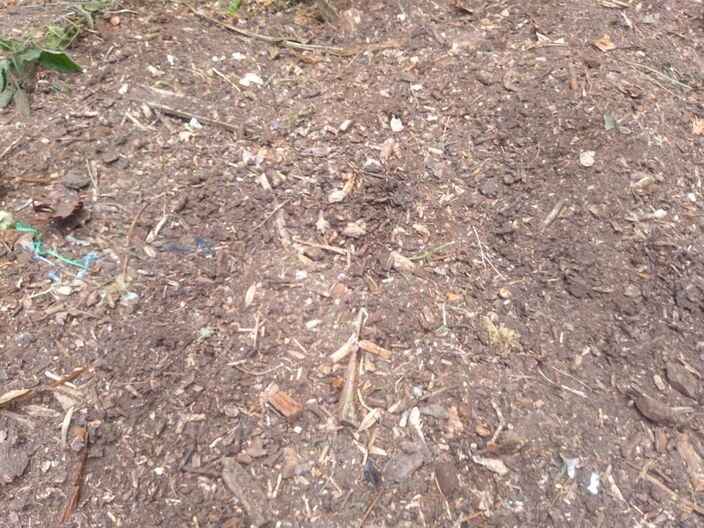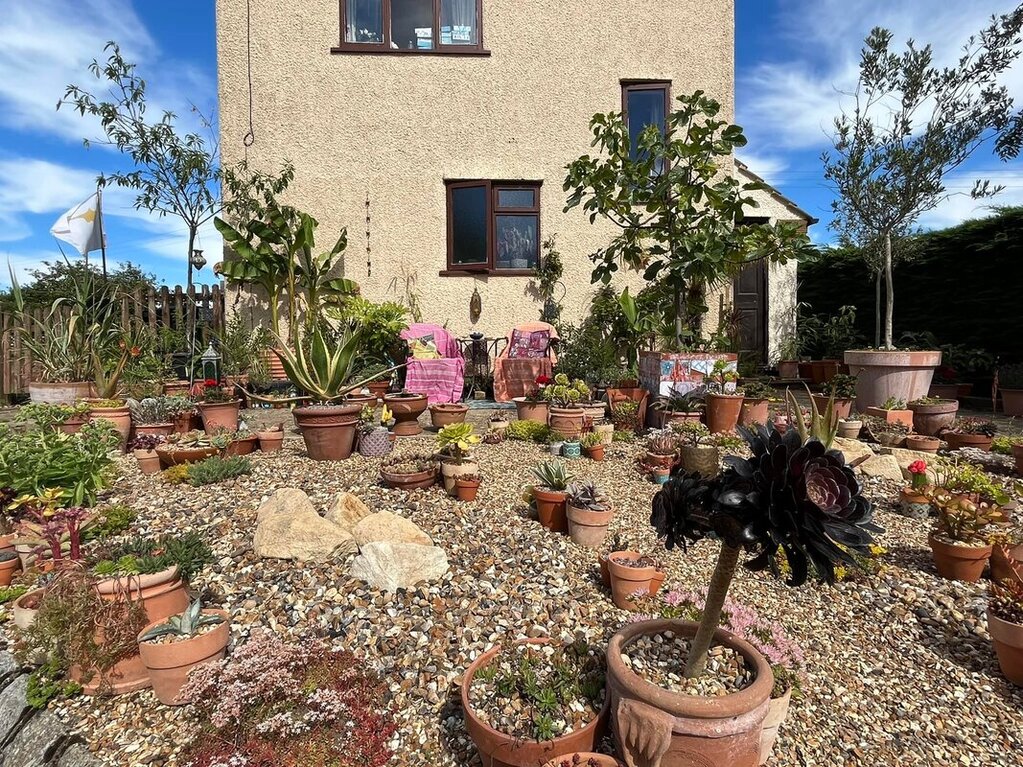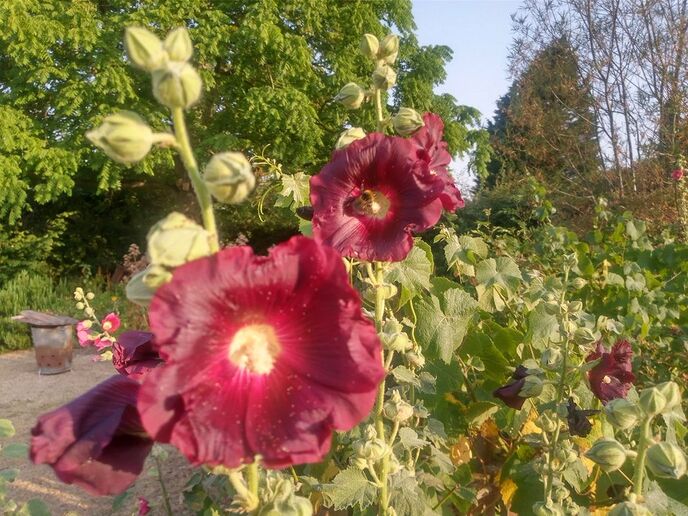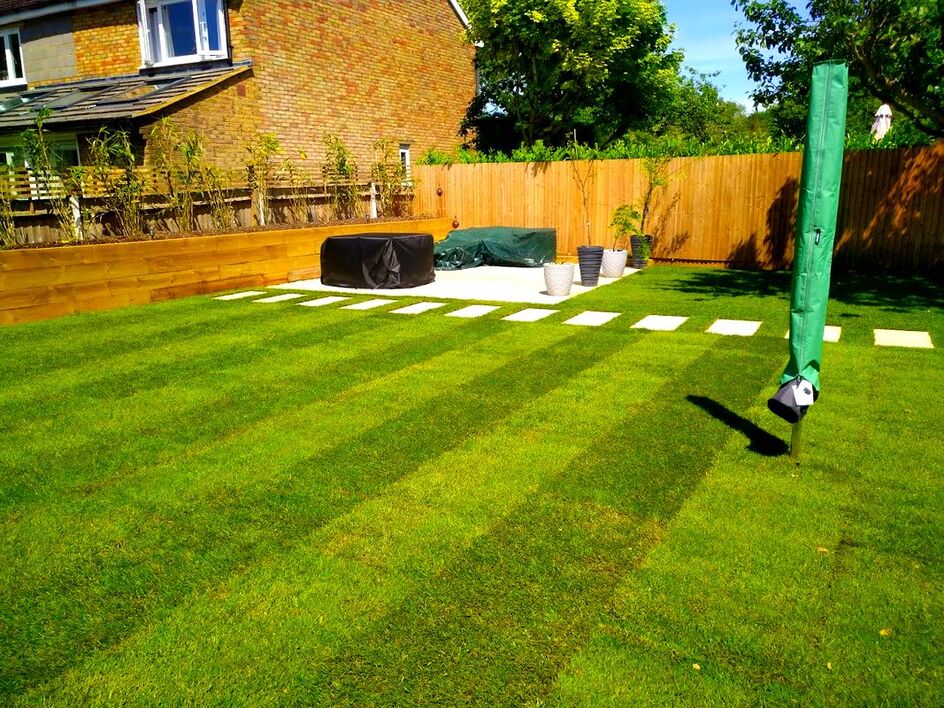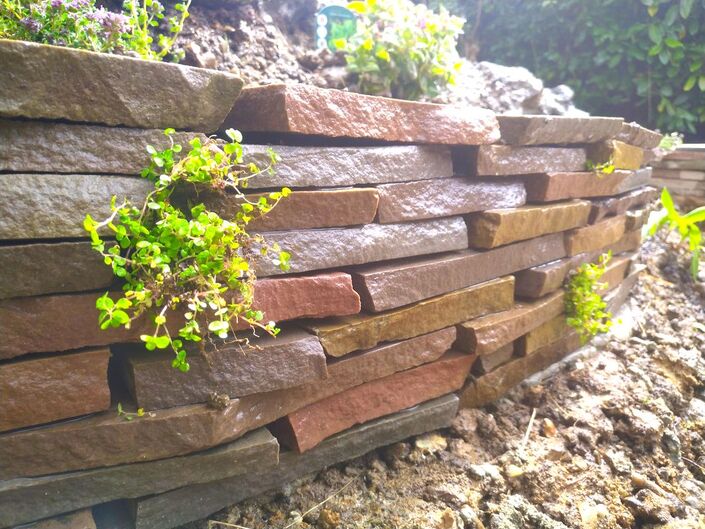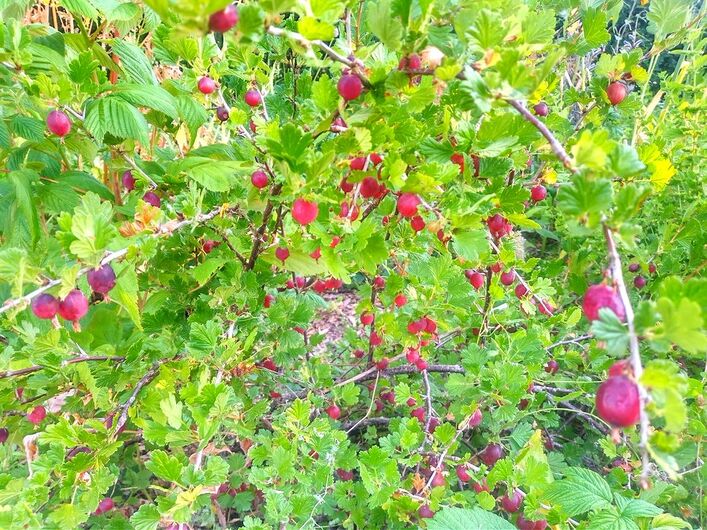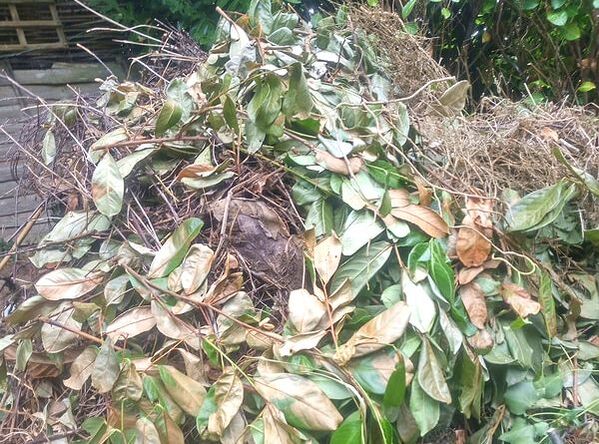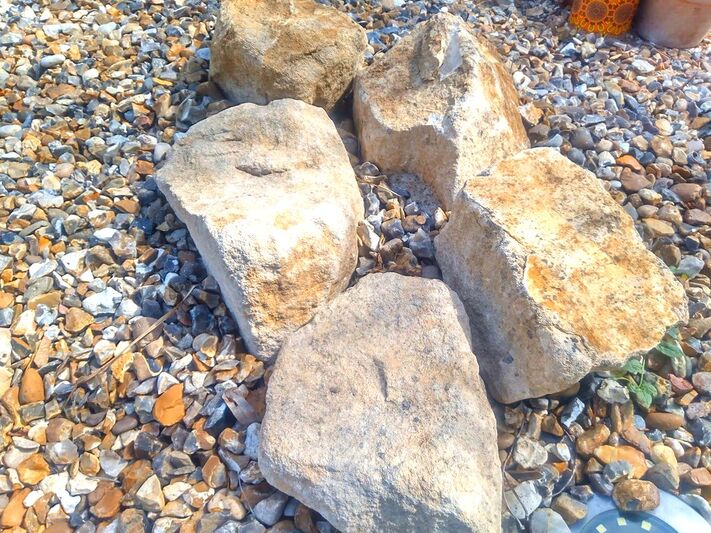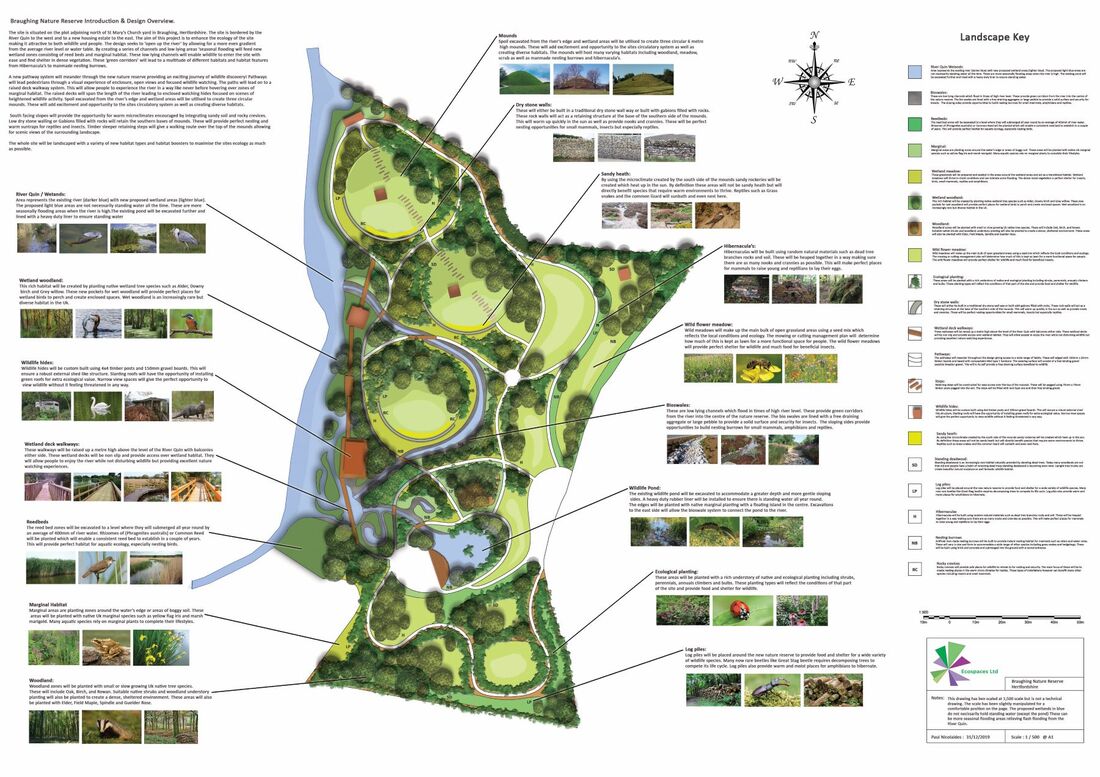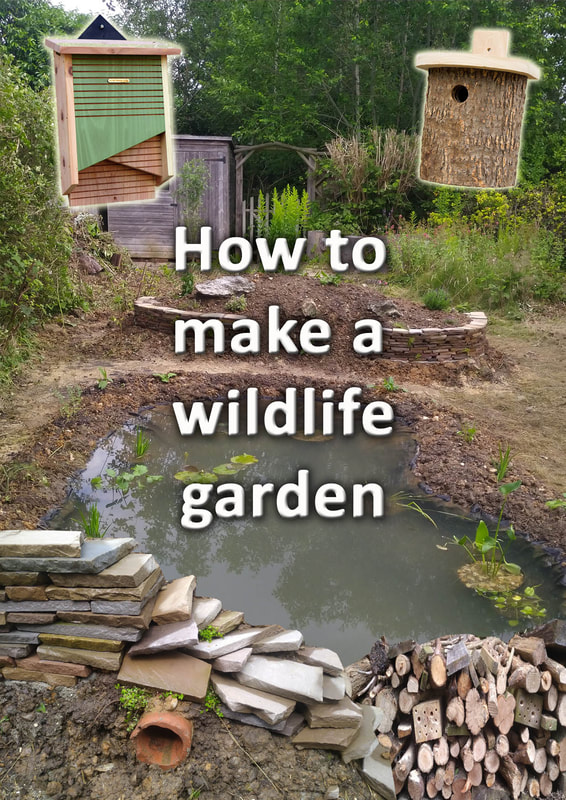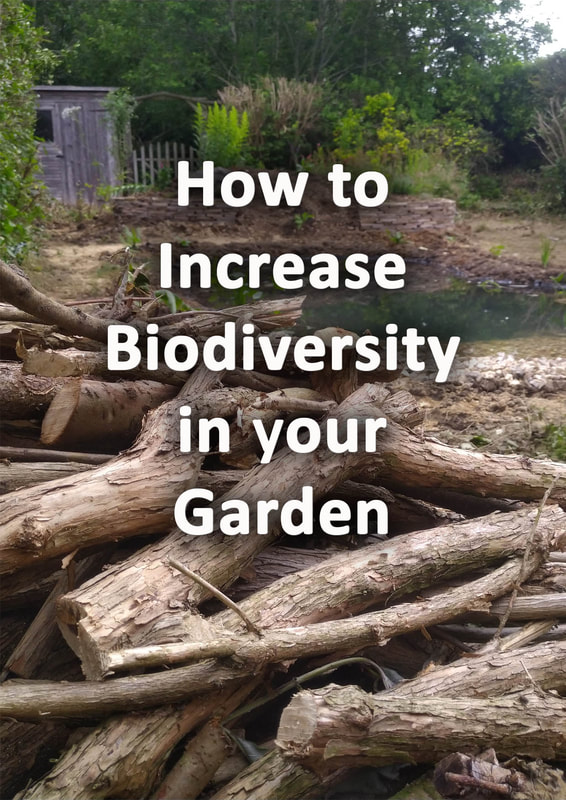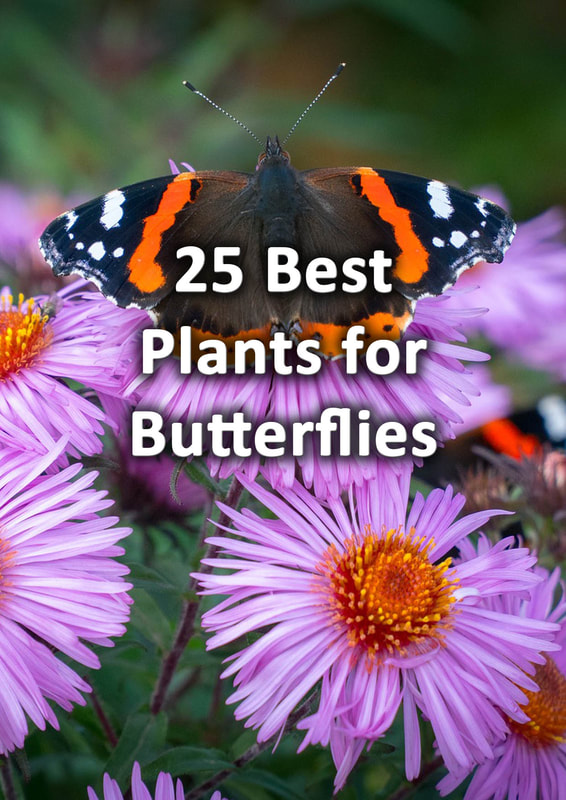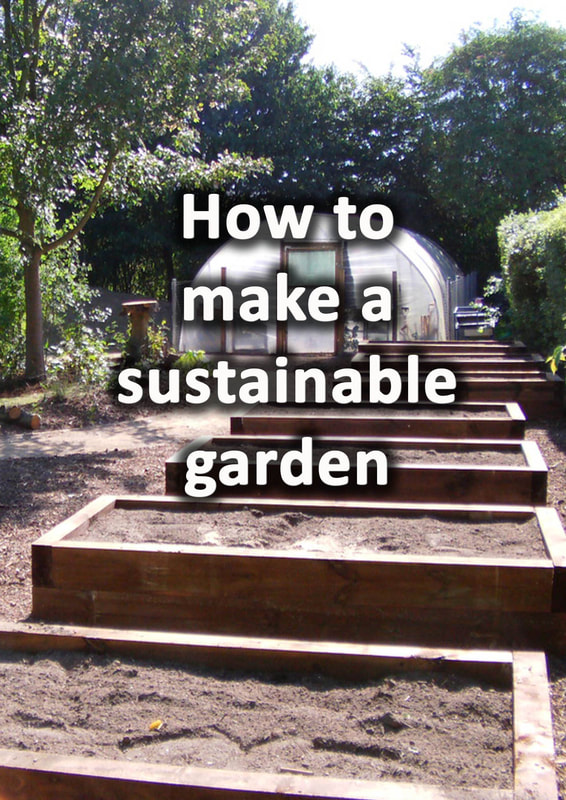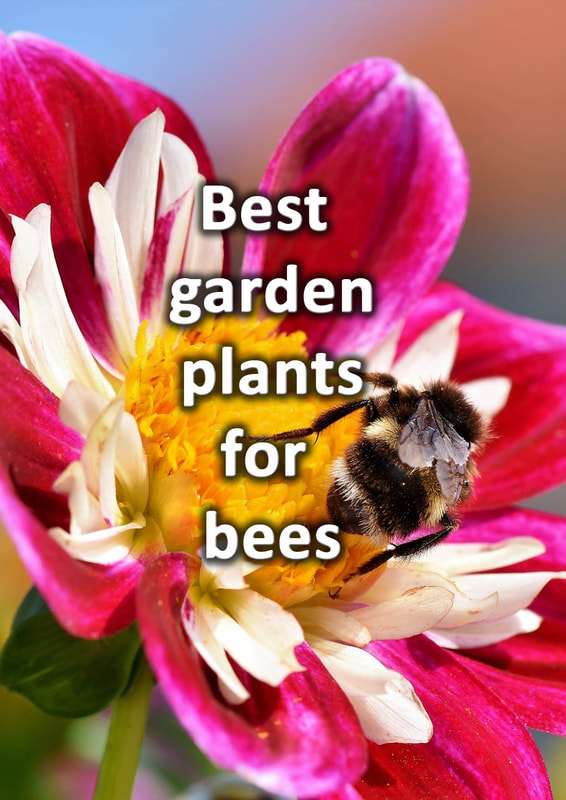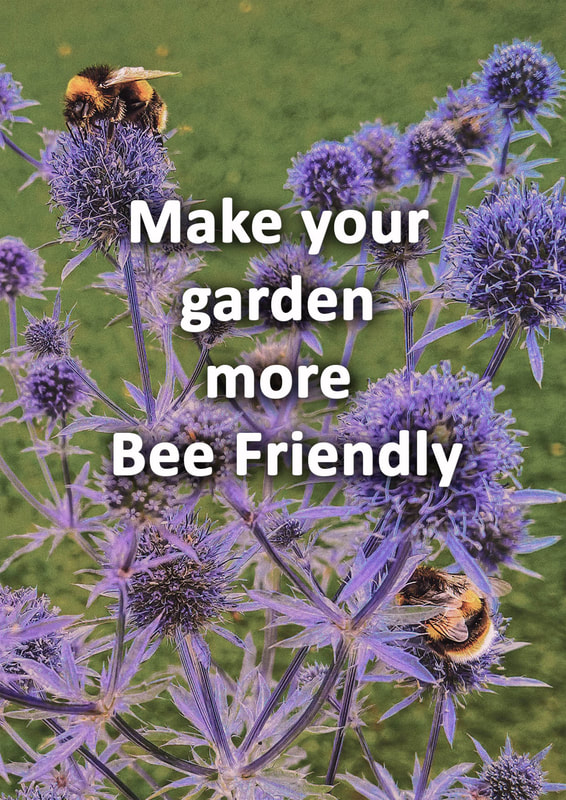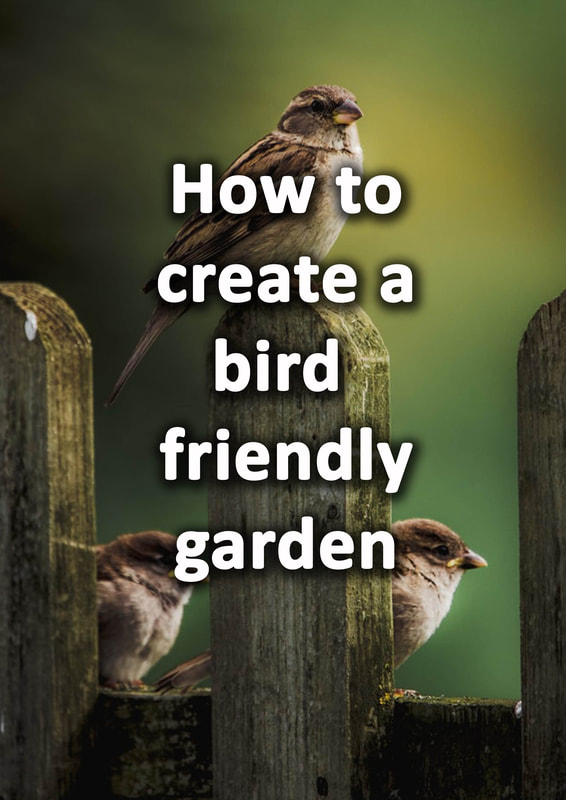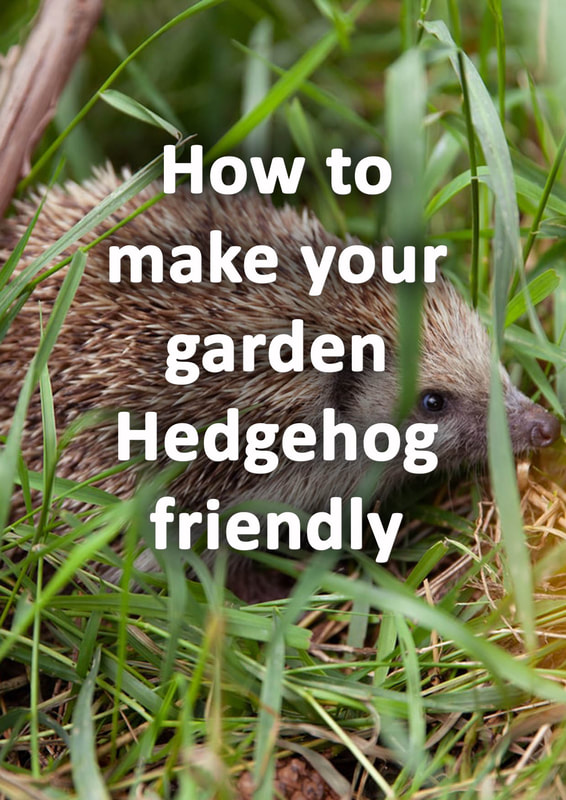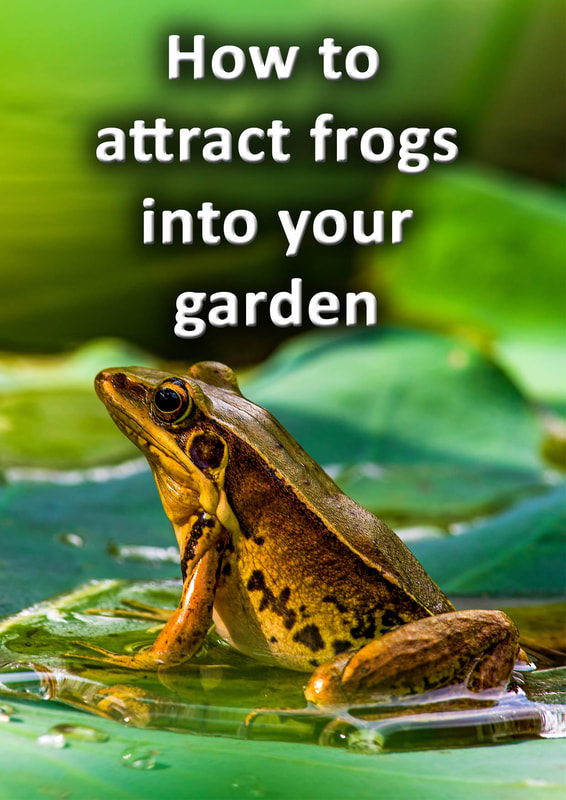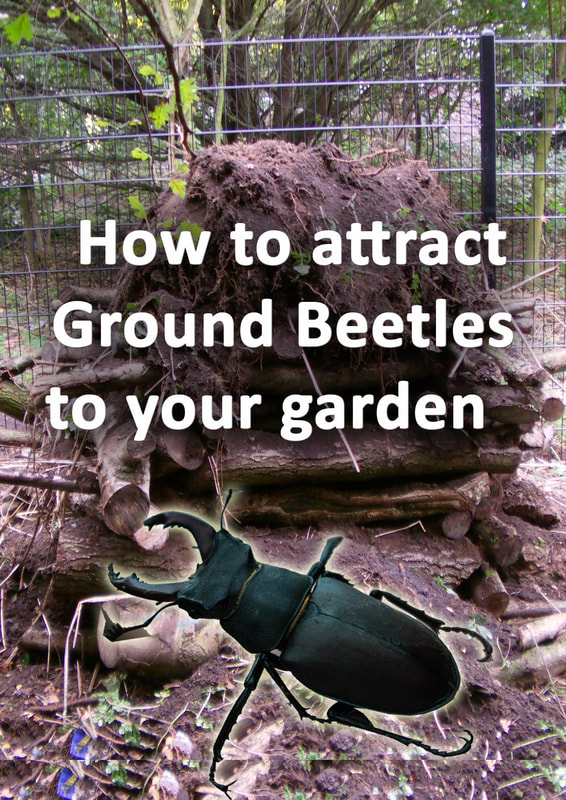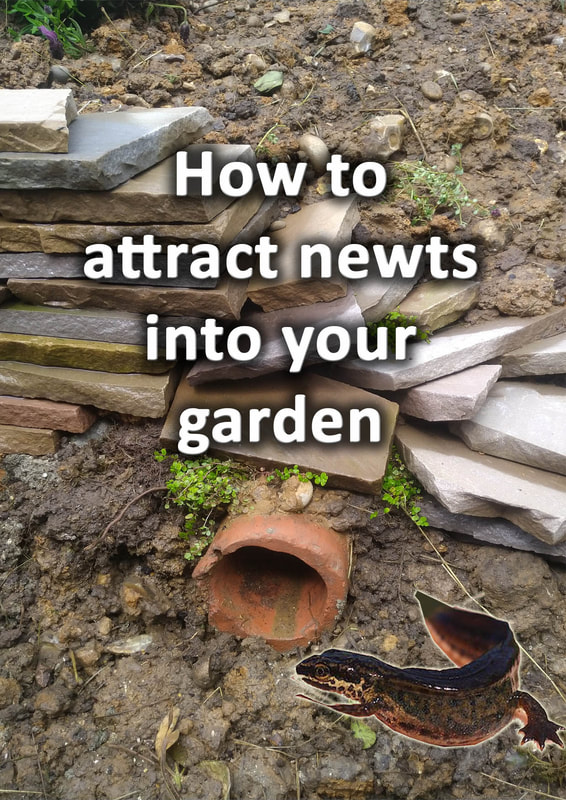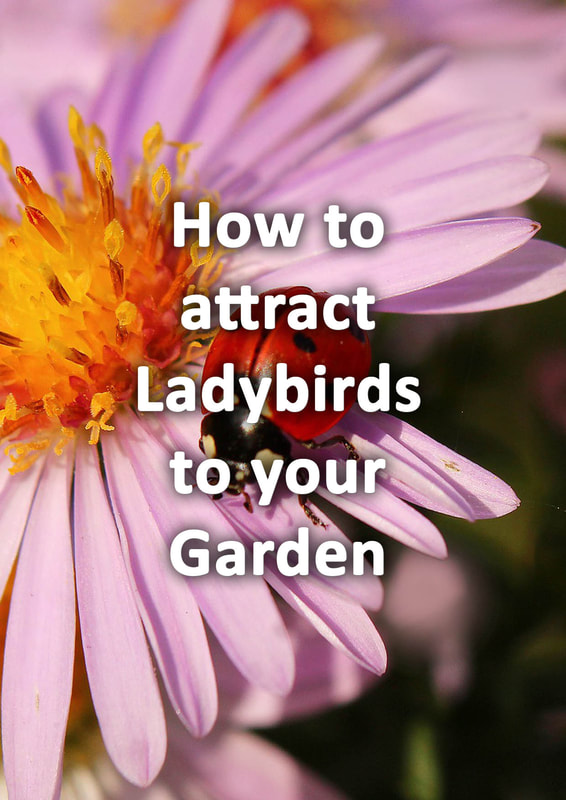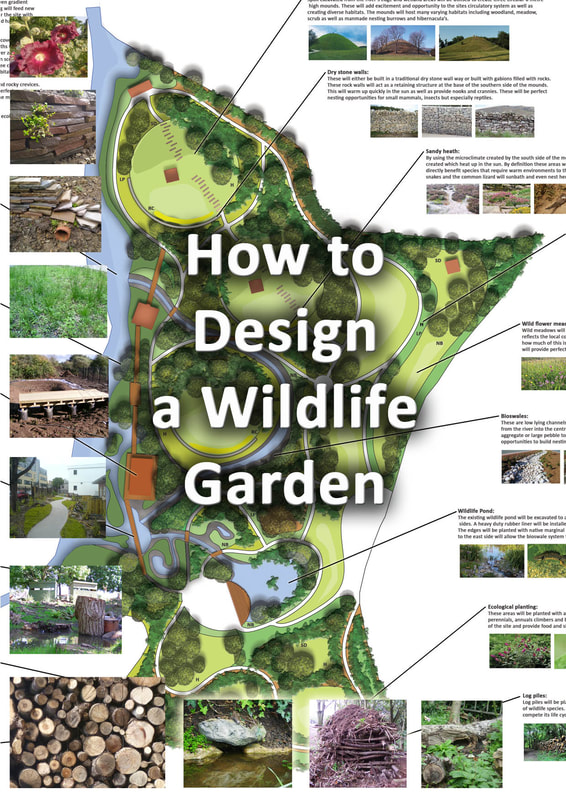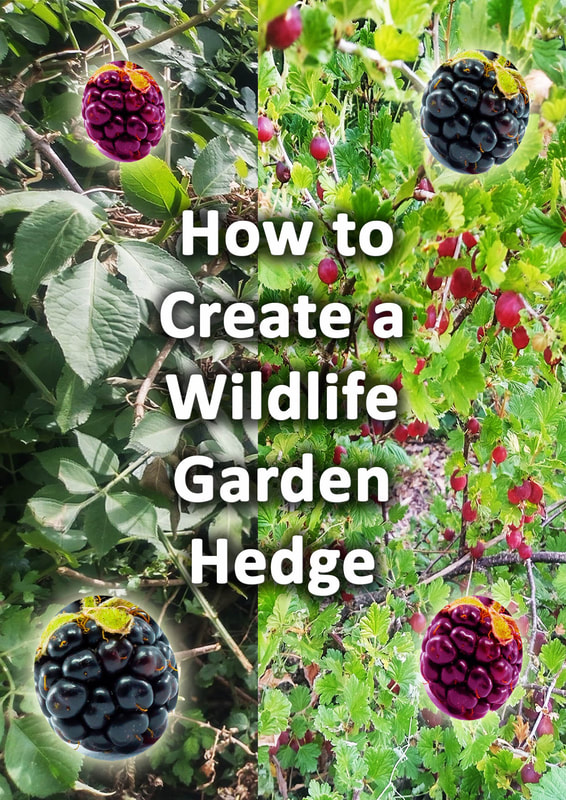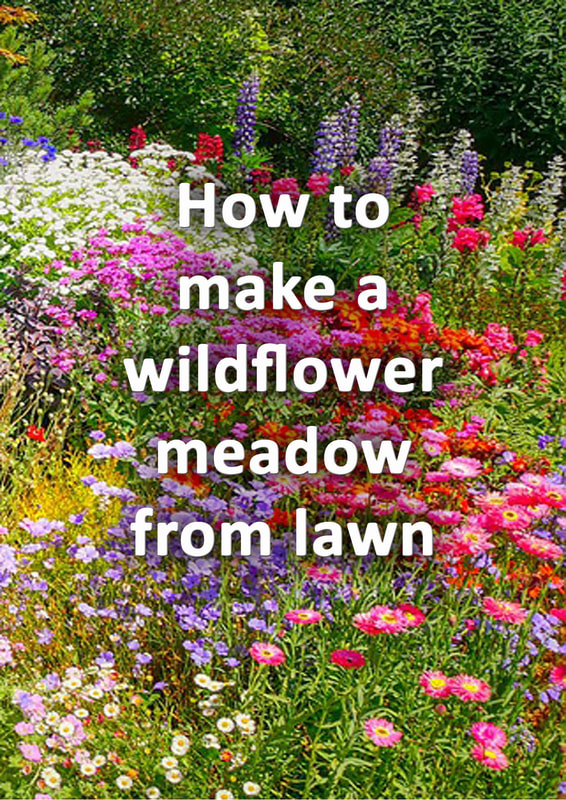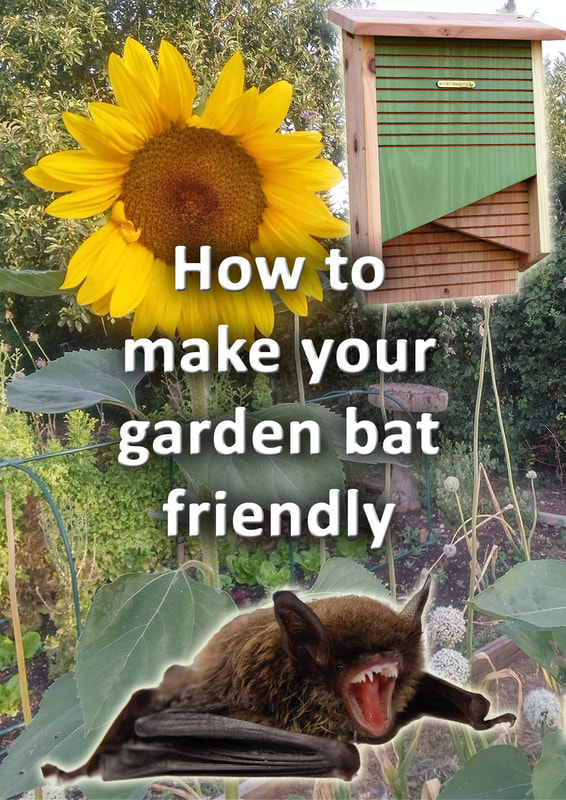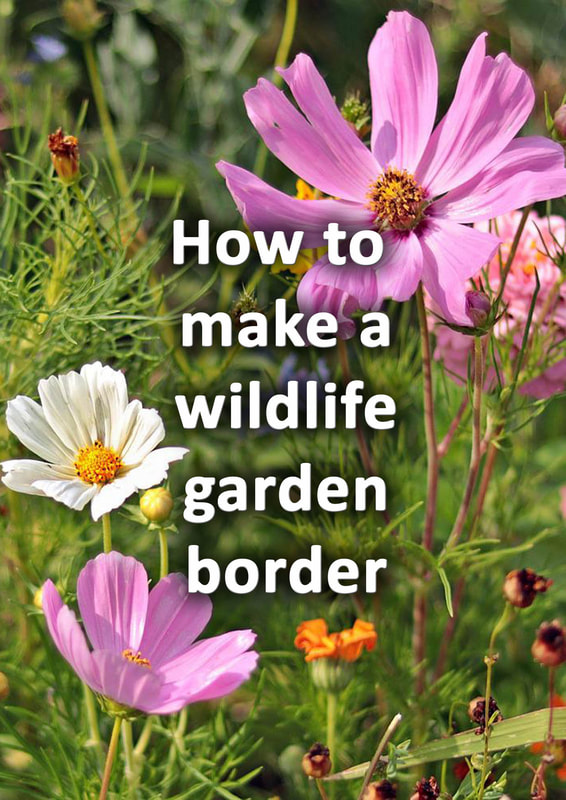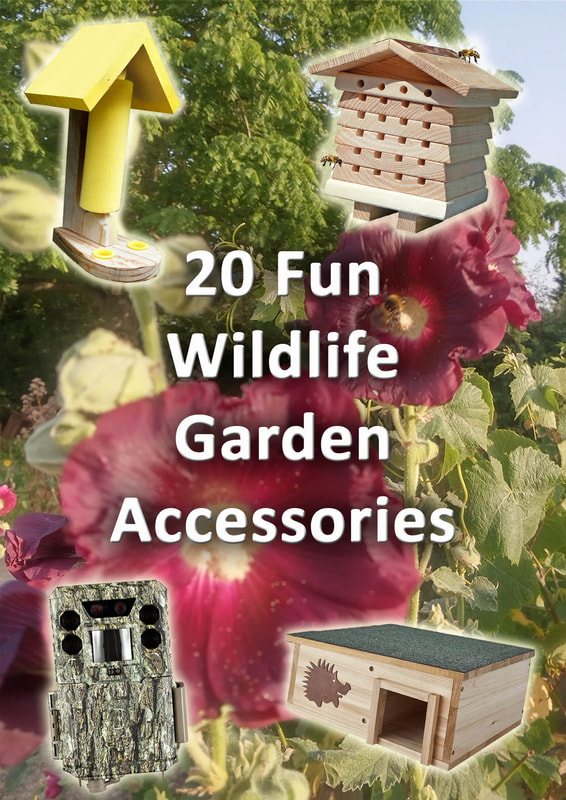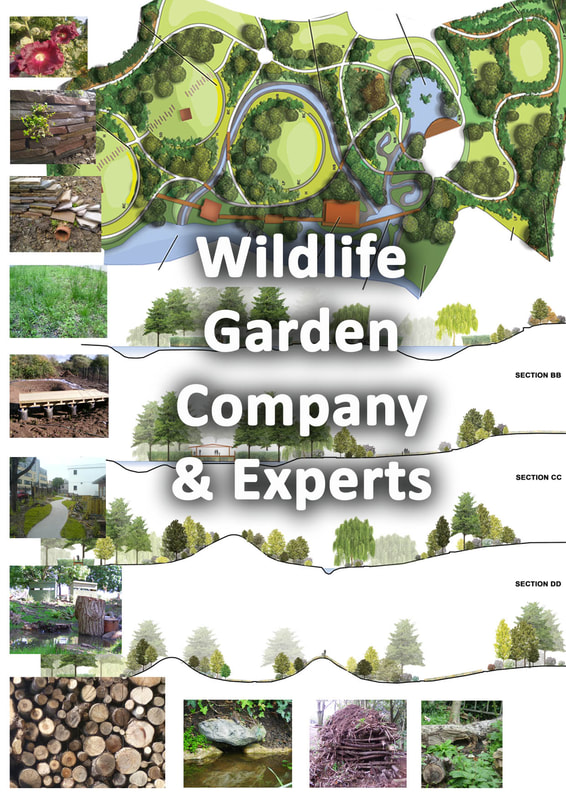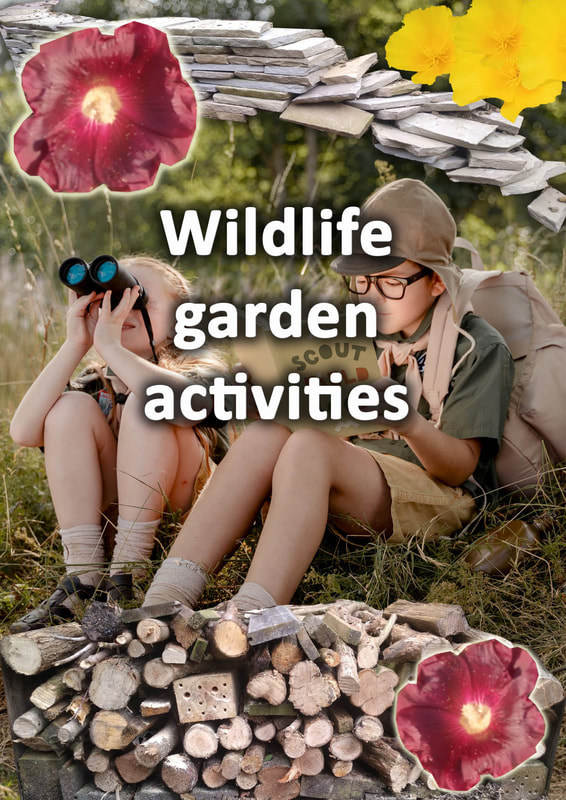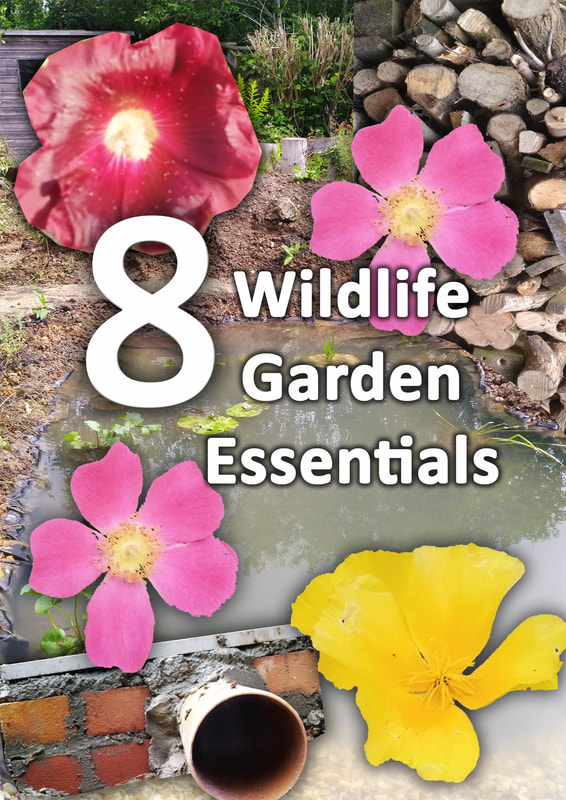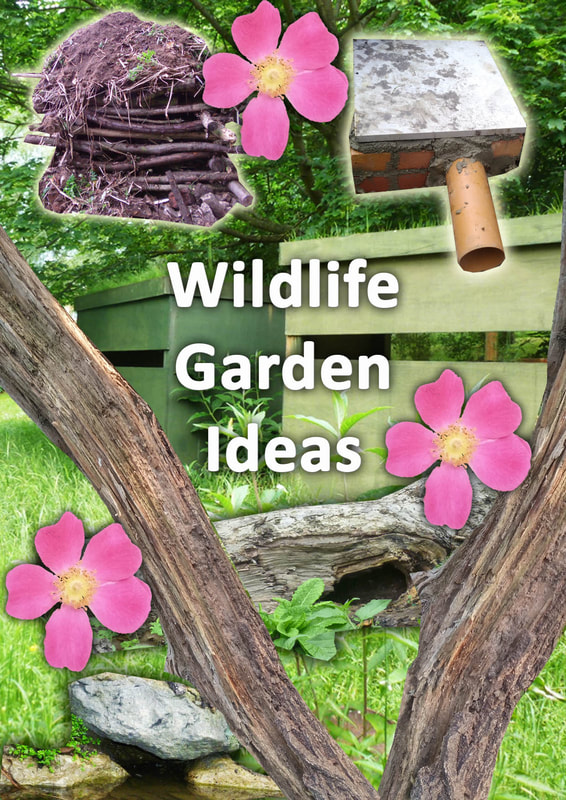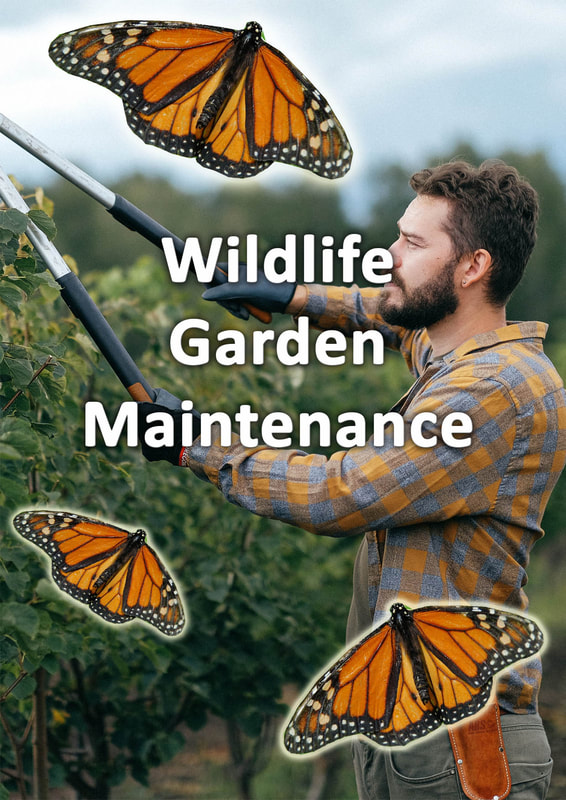|
This article contains affiliate links
Wildlife habitats are usually thought of as large expansive areas within national parks or nature reserves.
Contrary to common belief vital wildlife habitats can be as small as a couple of square metres. This makes garden wildlife habitats some of the most varied and diverse of them all. The immense landscape and climatic variations gardens provide can be exceptionally good for wildlife. The richest habitats for wildlife are diverse in plant life and other landscape features. In this article, I list and describe 13 wildlife garden habitats which are most typical of wildlife gardens. These can all easily be included in any new wildlife garden design design or project. 13 Typical wildlife garden habitats1. Wetland habitat
Wetland habitats are some of the most crucial to wildlife garden species. This is because they serve aquatic creatures as well as air and land dwelling organisms. Mammals and birds come to the water’s edge to drink and bathe. While under the water’s surface, whole ecosystems of fresh, water, aquatic life thrive. Wetland habitats typically take the form of ponds but can also be bog gardens or small water features. Ponds can be created with pre-formed plastic pond tubs or excavations lined with butyl rubber liner. 2. Woodland
It is easy to believe that most gardens are too small to incorporate woodland habitat. However this could not be further than the truth! You do not even really need trees to recreate an actual, woodland garden, habitat. A selection of shade loving woodland plants in a dark corner is effective enough. Most of the time planting a small tree and some woodland shrubs will provide perfect woodland habitat. If you have overhanging trees from neighbouring gardens this is the perfect opportunity for a woodland garden. 3. ScrubScrublands in nature are typically transitional habitats between woodland and meadows. These typically consist of small trees and shrubs, these habitats are great for species seeking shelter. Many species of birds seek sanctuary in the canopies of scrublands. Mammals and reptiles utilise the patches of cover to hide and hunt prey. In Wildlife gardens, scrub can be replicated by planting shrubs which attract wildlife. Many of which produce attractive flowers, foliage and fruit which also look amazing! 4. Meadow
Wildflower meadows are wild grasslands which are only cut seasonally. Before modern, agricultural, animal, feeds these were grown to provide winter food and bedding for farm animals. These grasslands became rich with tapestries of wild flowering plants. Many species thrived on the seasonal flora of wild meadows including many pollinator species. Reptiles, birds and small mammals would also use meadows for shelter and ambush hunting. In wildlife gardens meadows are a great alternative to a conventional lawn. Wildflower meadows can be seeded; plug planted into existing lawns, or laid using wildflower turf. 5. Deadwood
Deadwood habitats were once typical when most continents were covered in forest. However, since the felling of most ancient woodland deadwood has become a rare habitat. Deadwood is vital for the survival of important recycler species in the environment, many of which are crucially important in the formation of healthy soil. The good news is you can easily create deadwood habitats within your wildlife garden. Simply stack up sticks and logs or half bury them into the soil. Try to use logs from native trees and shrubs and never use processed, lumber, products. Spreading local woodchip to your flower borders will also help your deadwood habitat thrive. 6. Bare earthBare soil is difficult to maintain at the best of times with the continuous germination of weeds. However it is surprising how many rare species of insect rely upon this habitat. In nature, bare ground would occur on sandy heath or in areas with unstable ground erosion. Such places provide perfect places for sunbathing insects and reptiles. Some types of specialised insect require bare soil to complete their life cycles. 7. Dry habitat
Dry habitat can come in many forms but in gardens it typically takes the shape of gravel areas. These areas can warm up quickly within the sun and create warm microclimates. These can be utilised by sunbathing butterflies and reptiles such as the common lizard. There are many species of insect which prefer dry soils and gravels to lay their eggs. Dry habitats can also look very effective as a part of Mediterranean or dry, succulent gardens. 8. Mixed border habitat
Although garden mixed borders would not be found in the natural world they are fantastic wildlife habitat. Traditional flowerbeds are packed with a wide variety of flowering and fruiting plants. This provides a great diversity of food for many different wildlife species. The dense plantings create dense jungles of low growing vegetation. These are the perfect places for insects, reptile’s amphibians and small mammals to thrive! 9. Lawn
Conventional lawn is not always thought of as viable wildlife habitat. However lawns are dense environments where a great number of insects and invertebrates flourish. Many people are surprised to learn most lawns do have a great number of wildflowers. Due to continuous mowing regimes however the flowers are rarely seen in bloom. The longer your lawn is kept the more wildlife value it will have. It is always advised to let the lawn get a little longer every now and then! 10. Walls
Many may assume that walls do not constitute any form of habitat for wildlife. The fact is there are many different species which do utilise masonry walls. During early spring and autumn, solitary bees and other insects warm their bodies up on sunny walls. Shady damp walls become complex colonies of mosses and various lichens and algae’s. Walls which are cracked and fragmented offer the best nooks and crannies for organisms to shelter. This can be seen below in a dry stone wall we included in one of our wildlife gardens. 11. HedgesHedges create lines of dense vegetation within the landscape which are perfect habitat for multiple wildlife species. Birds nest inside the lattice of sheltered branches and twigs in the hedges centre. The densely packed vegetation provides insects and small mammals safe areas to feed and hibernate. Furthermore, hedges can create green corridors within the landscape linking fragments of habitat together. 12. Compost heaps
Although composting is a method of recycling organic matter it is also a habitat type too. Very much in the same fashion as dead wood compost heaps are rich in garden ecology. The breaking down of dead plant matter invigorates decomposer organisms and soil ecosystems. This consequently feeds other wild species higher up the gardens food chain. The result is a habitat thriving in bacteria, fungi, invertebrates and insects. The warm mass of the compost heap can become an attractive place for reptiles to lay their eggs. 13. Rocky habitats
In the natural world rocky habitats include cliffs, crags, mountain ranges and outcrops. However gardens can also provide these rich habits. Old stone walls and rockeries can have many of the same characteristics of these natural environments. Gabions and dry stone walls are fantastic ways to integrate these habitats into your wildlife garden. Mediterranean species of spider such as the Zebra spider love to hunt amongst the warm rocky crevices. The rocky hollows provide perfect nest for insects, small mammals, amphibians and even reptiles. Wildlife garden services
Buckinghamshire landscape gardeners are experts in wildlife garden design and construction. Acting as the domestic landscaping part of Ecospaces we have over 20 years experience in ecological landscaping and sustainable construction. If you are interested in our wildlife garden services please do not hesitate to contact us. Our wildlife garden services include:
Thank you for reading our article on the 13 main types of wildlife garden habitats. For further reading we have included more wildlife garden articles you may find interesting. Thank you!
'As an Amazon associate I earn from qualifying purchases'
0 Comments
Leave a Reply. |
The Author
|
Landscaping services across Buckinghamshire, Amersham, Aylesbury & High Wycombe
Hyde Heath, Amersham, Buckinghamshire |
|
